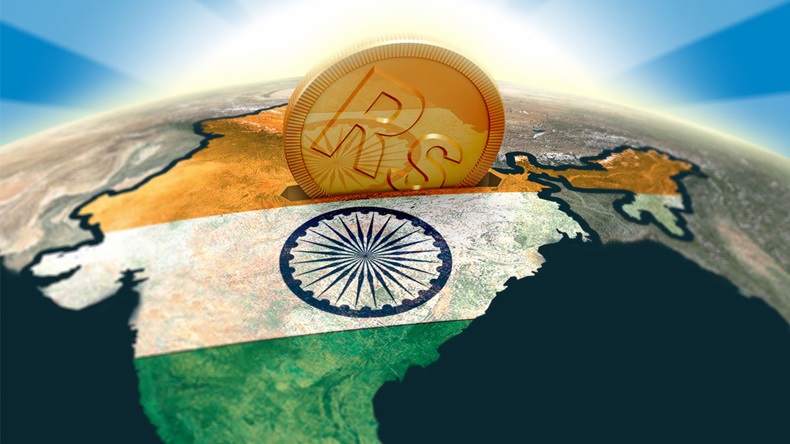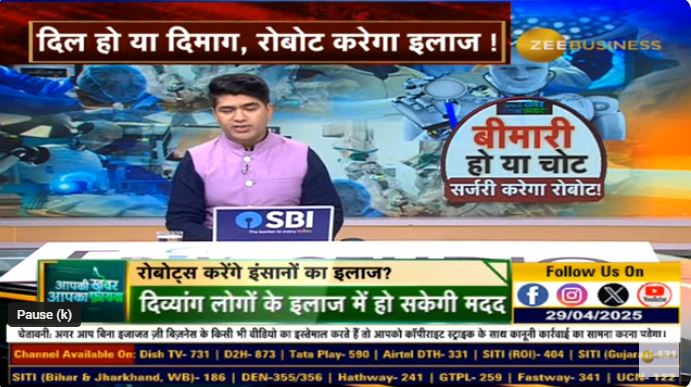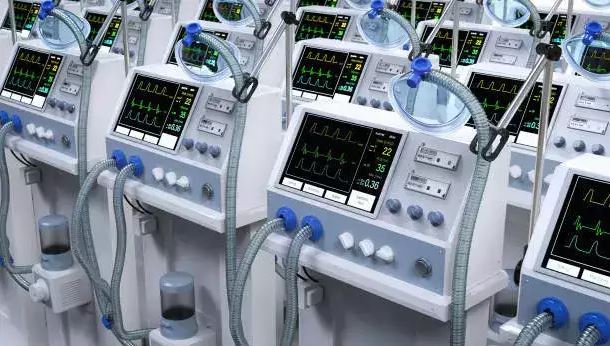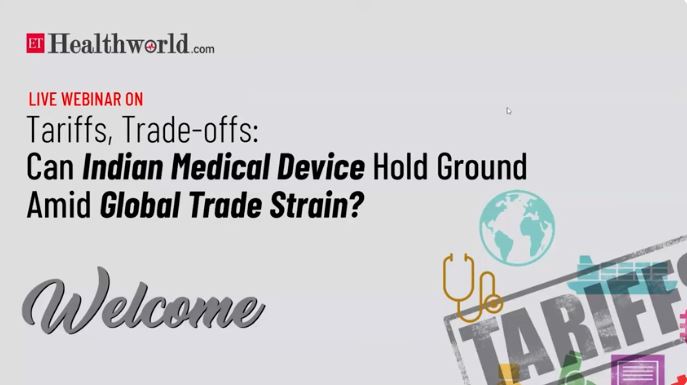The center-right government of Indian Prime Minister Narendra Modi says it has the medical devices sector squarely in its sights as one of its priority “Make in India” sectors to boost domestic manufacturing and spur job creation, and global medical device makers are looking to play an important role.
“The medical device industry has this huge potential to contribute significantly to GDP and, of course, to boost patient health outcomes,” PavanChoudary, director general of the newly formed Medical Technology Association of India (MTal), told Medtech Insight.
But India’s highly fragmented medical device sector, which mainly makes low-end products such as disposable needles, thermometers and medical supplies, can’t reach its potential “without global companies’ support, he said.
“Not only does development of the medical device sector require deep pockets, it needs a continued flow of new technology. The technology and funds will flow from the West while the East is providing the market – both spheres need each other,” he said.
MTaI’s founding members include Johnson & Johnson, Bausch & Lomb Inc., Smith & Nephew PLC, CR Bard Inc., Terumo Corp., Boston Scientific Corp., GE Healthcare and Vygon. They are all research-based multinationals with investments already in the country of 1.25 billion people.
Big Potential
India looms large for these companies. While developed markets continue to account for most of their medical device sales, there are faster expansion possibilities in emerging market nations. The potential can be seen in India’s per-capita spend on medical devices, which is a lowly $3 compared with $7 in China, $21 in Brazil, $42 in Russia and $340 in the US.
Or, to highlight the potential another way, India’s $3.7bn industry represents just 1.3% of the US-dominated global devices market of $335bn. Buttressing this rosy scenario is the fact more Indians are becoming middle class and aging.
The new association is striving to achieve a “balanced approach where we address near-term priorities of access and availability while simultaneously building the local ecosystem for the long term [that] will help the medical devices sector flourish in India,” said Milan Rao, chief executive of GE Healthcare India.
India’s medical devices market in numbers
- $3.7bn: value of India’s medical devices industry
- $161m: foreign investment in medical devices sector in 2015
- $3: India’s per-capita spend on medical devices
- 15%: CAGR of India’s medical devices market
Most multinational medical device-makers have exported their products to India with the Indian government’s inverted tariff structure, which has made imported finished goods often cheaper than imported raw materials favoring such a model. India currently imports at least 70% of its medical devices from breathing and imaging equipment, pacemakers to robotics.
Now, the government says it’s changing the duty structure to give a greater boost to domestically made products. But the association says the government shouldn’t be too hasty in altering tariffs favoring imports in the face of limited immediate access to technology, and the size and scale of local manufacturers.
“This local manufacturing ecosystem cannot come up overnight, it requires several years to develop,” said Chaudhary. The new association is arguing that duties on imports should only rise gradually as local substitutes become available, because otherwise patient costs will increase.
Foreign Interest
Recent data suggest strong foreign investment interest in the sector, MTaI said. Figures collected by the group show investment in the medical devices sector had tripled in 12 months to $161m, from the average annual level of $60m, when the government announced 100% foreign direct investment under the automatic route in January 2015.
The $161m foreign investment number “tells a great story. It’s a sign of what positive policies can do, while not yet being proportionate to the potential of the medical technology sector;” Choudary told Medtech Insight.
The hope is that not only will domestic and foreign companies be able to make mid- to high-tech products at lower cost than in the West. Companies will come up with new innovations, combining local insight with global technical capabilities, as well as India’s tradition of so-called “frugal engineering.”
International device-makers are increasingly looking at making products tailored to specific user requirements in emerging markets, creating ”needs-driven” technology that can function outside traditional high-tech medical settings. For instance, such equipment might feature simpler user interfaces or be able to be used with batteries to get round electricity outages.
The aim would be to increase focus on the underserved middle and lower income segments of the population, as well as to make India more of a hub for medical device exports to the increasingly cost-conscious West, as well as to emerging markets.
Regulatory Needs
But to make the big leap forward, what analysts have described as India’s “archaic” medical device regulatory landscape needs to be transformed into “a predictable, consistent and coherent policy and regulatory regime,” Choudary said.
Currently, India’s government is overhauling legislation covering the sector, which is governed by the Drugs and Cosmetic Act of 1940. The government is taking steps toward creation of a separate legal framework to ensure safety and performance of medical devices that will take into consideration international standards and regulate medical devices as a separate sector from drugs.
The medical device regulations were bolted on to the drugs and cosmetic acts legislation 11 years ago and are extremely sketchy, leaving the industry badly under-regulated. In fact, for many years, successive Indian government virtually ignored the sector, say industry executives.
Right now the country doesn’t even have a regulatory body for medical devices akin to US FDA. Currently, most local companies end up seeking US or European regulatory sanction if they have a new product, especially if they want to export it, adding to their costs and extending the time to market.
The Indian medical devices market is growing at a healthy 15% CAGR, far eclipsing the global growth of 4%-6%. On top of demographic drivers, domestic manufacturing, exports and sales from local innovations could also spur the sector.
“With an enabling policy framework and ecosystem support, industry estimates indicate a potential to grow at around 28% to $50bn by 2025,” consultancy Deloitte said in a report entitled “Making in India – A Leap For Indian Healthcare.”
Publication: Medtech Insight (Online) (Full script not available)
Journalist: Penelope MacRae




